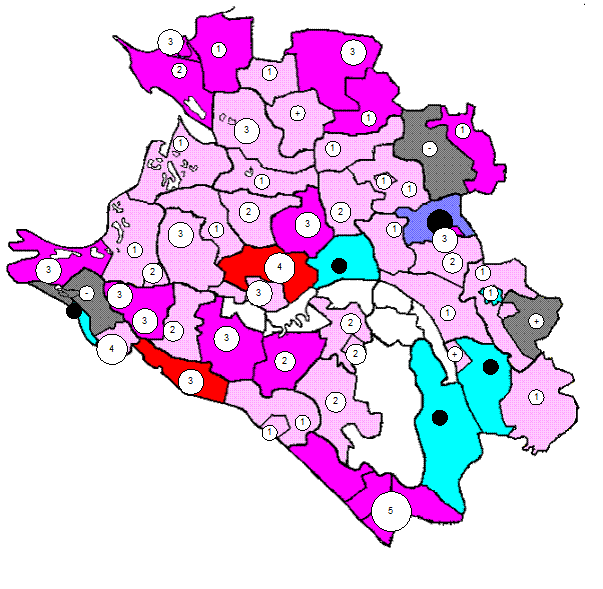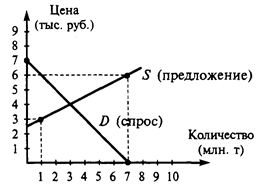Reference type equality operators
The predefined reference type equality operators are: bool operator ==(object x, object y); bool operator!=(object x, object y); The operators return the result of comparing the two references for equality or non-equality. Since the predefined reference type equality operators accept operands of type object, they apply to all types that do not declare applicable operator == and operator!= members. Conversely, any applicable user-defined equality operators effectively hide the predefined reference type equality operators. The predefined reference type equality operators require one of the following: · Both operands are a value of a type known to be a reference-type or the literal null. Furthermore, an explicit reference conversion (§6.2.4) exists from the type of either operand to the type of the other operand. · One operand is a value of type T where T is a type-parameter and the other operand is the literal null. Furthermore T does not have the value type constraint. Unless one of these conditions are true, a binding-time error occurs. Notable implications of these rules are: · It is a binding-time error to use the predefined reference type equality operators to compare two references that are known to be different at binding-time. For example, if the binding-time types of the operands are two class types A and B, and if neither A nor B derives from the other, then it would be impossible for the two operands to reference the same object. Thus, the operation is considered a binding-time error. · The predefined reference type equality operators do not permit value type operands to be compared. Therefore, unless a struct type declares its own equality operators, it is not possible to compare values of that struct type. · The predefined reference type equality operators never cause boxing operations to occur for their operands. It would be meaningless to perform such boxing operations, since references to the newly allocated boxed instances would necessarily differ from all other references. · If an operand of a type parameter type T is compared to null, and the run-time type of T is a value type, the result of the comparison is false. The following example checks whether an argument of an unconstrained type parameter type is null. class C<T> The x == null construct is permitted even though T could represent a value type, and the result is simply defined to be false when T is a value type. For an operation of the form x == y or x!= y, if any applicable operator == or operator!= exists, the operator overload resolution (§7.3.4) rules will select that operator instead of the predefined reference type equality operator. However, it is always possible to select the predefined reference type equality operator by explicitly casting one or both of the operands to type object. The example using System; class Test produces the output True The s and t variables refer to two distinct string instances containing the same characters. The first comparison outputs True because the predefined string equality operator (§7.10.7) is selected when both operands are of type string. The remaining comparisons all output False because the predefined reference type equality operator is selected when one or both of the operands are of type object. Note that the above technique is not meaningful for value types. The example class Test outputs False because the casts create references to two separate instances of boxed int values.
|




